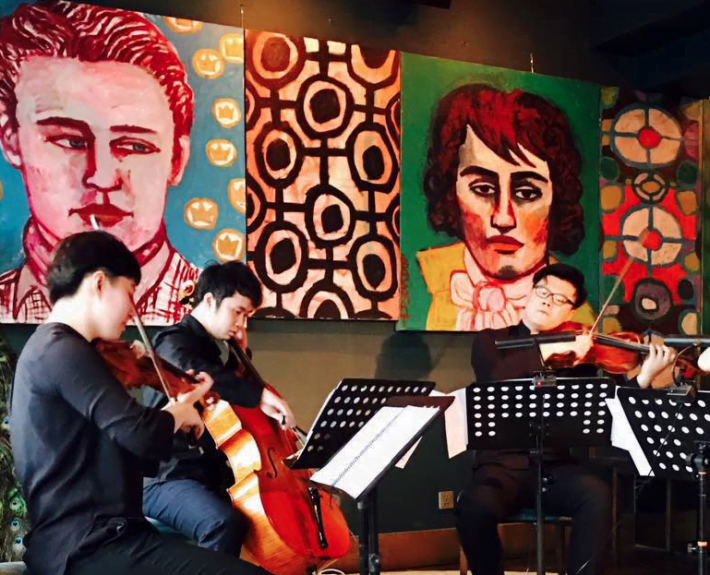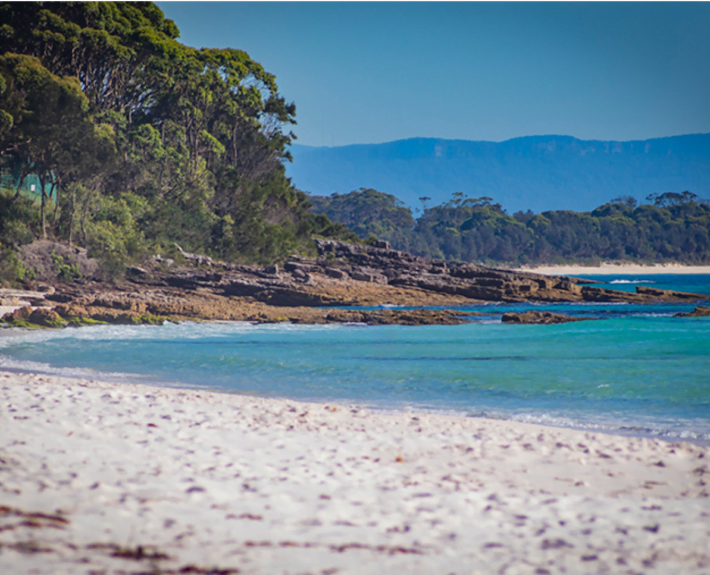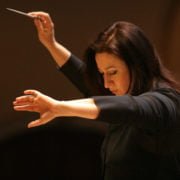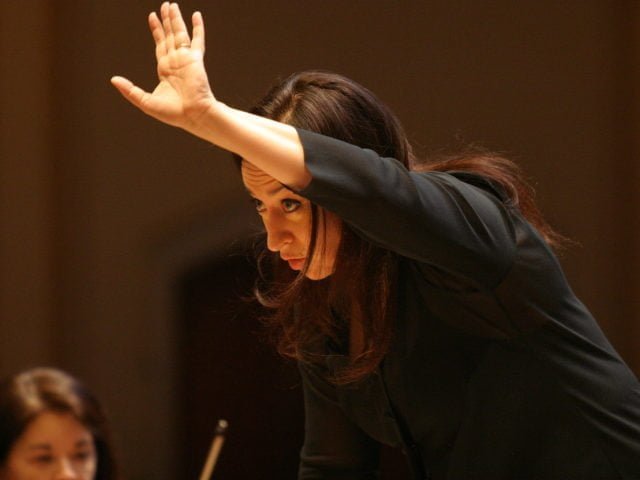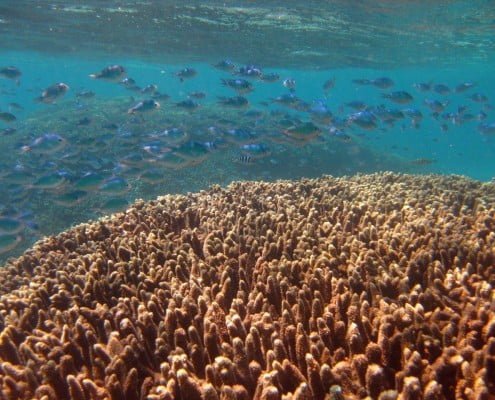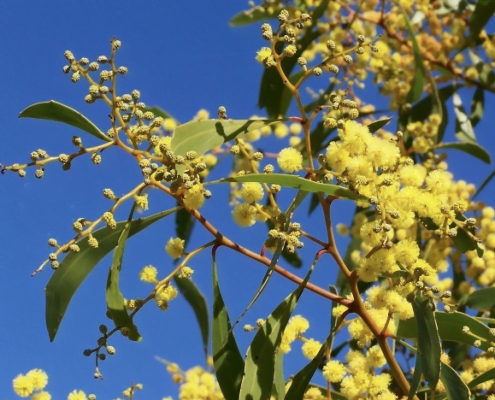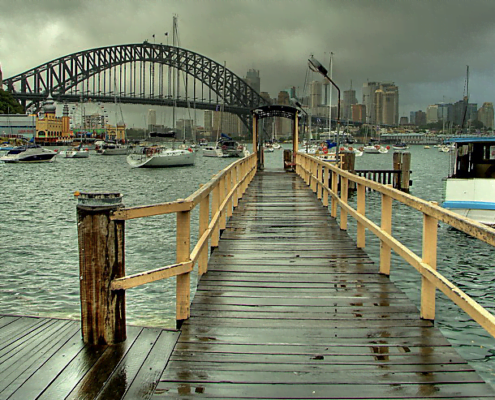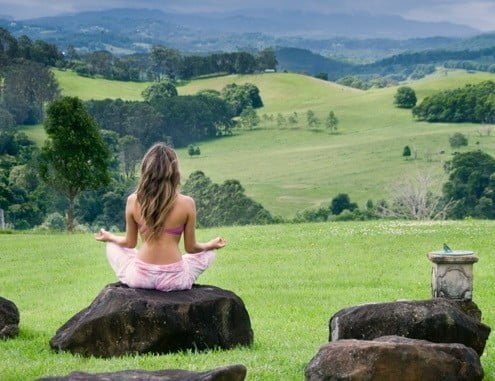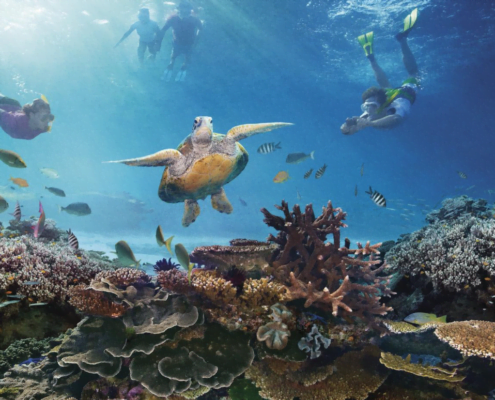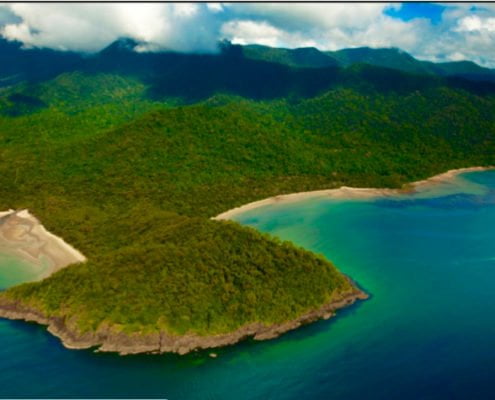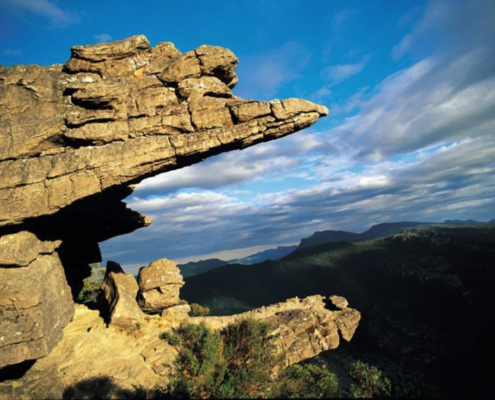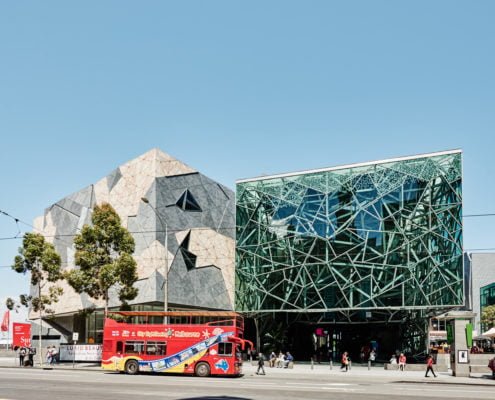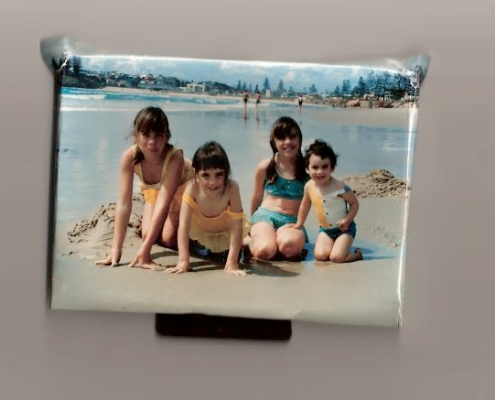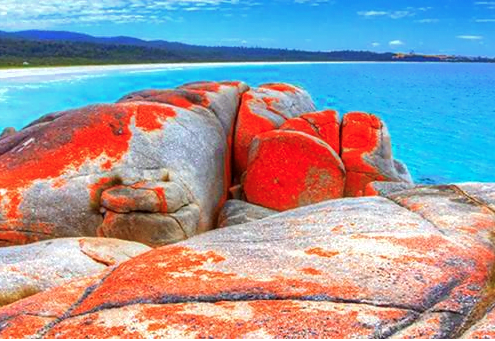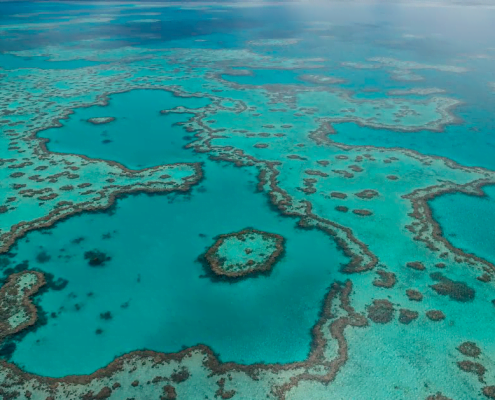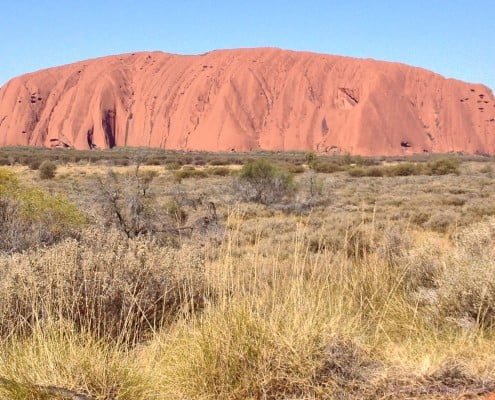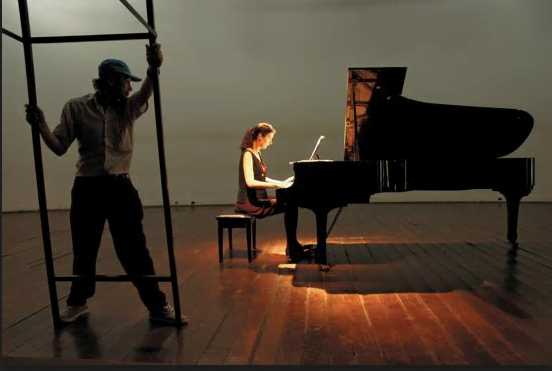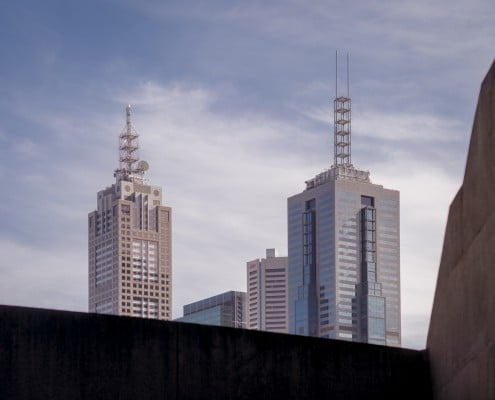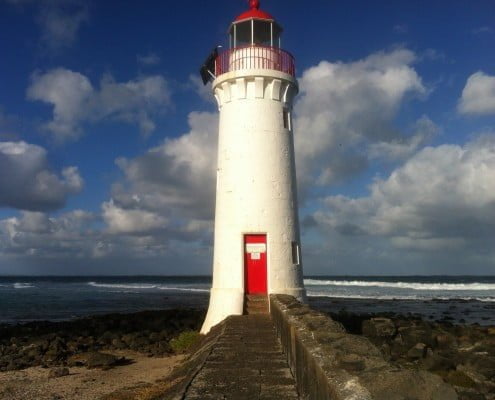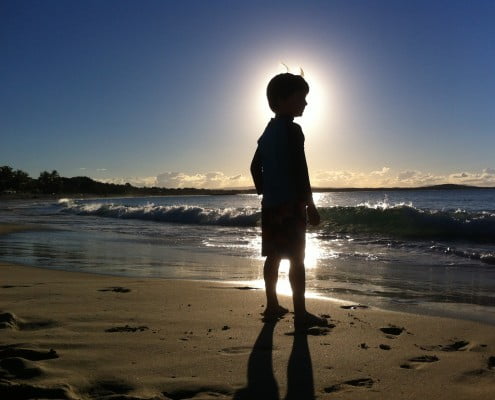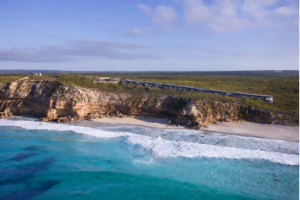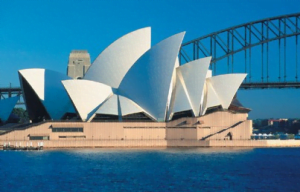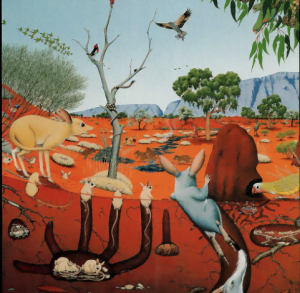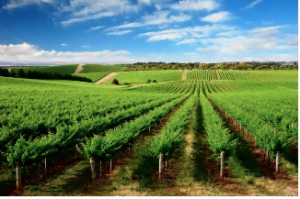WomanGoingPlaces interviews Professor Kim Rubenstein
Professor Kim Rubenstein has become a popular guest on programs such as Q&A because she clearly articulates how the Australian Constitution impacts on the most important issues we face as a nation and as individuals.
So when she announced in August the she had formed Kim For Canberra, her own independent political party, and would run for the Senate in the coming federal election, many welcomed her candidacy.
Professor Rubenstein currently holds the position of Co-Director of the 50/50 by 2030 Foundation at the University of Canberra, having formerly been Director of the Centre for International and Public Law at the ANU from 2006-15. She is recognised as a constitutional and citizenship expert. Professor Rubenstein wrote the leading book on citizenship, Australian Citizenship Law in Context, and was involved in drafting the Australian Citizenship Act and reviewing the Citizenship Test. Her support for gender equality led to her becoming the Inaugural Convenor of the ANU Gender Institute.
WomanGoingPlaces has a special interest in spotlighting the stories of Australian women aged 50+ and so we interviewed Professor Rubenstein recently on her candidacy, goals and vision.
THE CANDIDATE
Q: Professor Rubenstein, why are you standing for Parliament?
I have spent the last 25 plus years teaching the next generation about law, citizenship, rights, gender equality and the Constitution. Throughout my professional life I have been keen to make sure that what I have been doing in academia reaches into the public policy field.
In the last 18 months with Covid-19, there has been an amplification of the issues central to what I do on citizenship and gender. But no matter how convincing and evidence-based your arguments, if the people in Parliament don’t want it or care, then it just doesn’t go anywhere.
So that made me think that if that is the case, let’s see if I can have a go doing this stuff inside Parliament rather than outside.
GOALS
Q: What is your purpose?
To use my skills set as part of the Senate’s role of reviewing legislation and contributing to public policy discussion. It’s rare for a Government to have a majority in the Senate, so I could have real influence over the areas that I’m really keen to progress. These fall into 3 categories:
1. Being a Senator for Canberra.
Canberra has always had a Labour and a Liberal representative and both are caught in the framework of their party’s policies in terms of progressing anything specific to Canberra. They have been deliberately stymied in some respects.
Unlike the rest of country, Canberra is a Territory. The Commonwealth has the capacity to override the legislation in Canberra and this has happened on a couple of occasions. That is not good for Canberrans in terms of their democratic rights being curtailed. So I would be a direct voice that is not bound or prevented from pushing as hard as it can and standing up for Canberra.
2. Making Parliament a more representative body.
There has been a politicisation of really important issues such as climate change, gender equality and refugee policy. The parties have come to the point where they are the blockages on these issues. There are groups within parties that are committed to good policies, but are being stymied by the party system which is so set on making sure they win rather than staying committed to the policies they represent. As an independent I could bring out the best in the parties, and not as we are seeing, the worst. I would contribute to improving the quality of policy discussion in Parliament.
We are waiting on Kate Jenkins’ Review into Commonwealth Parliamentary Workplaces as safe and equal workplaces. I really want to push for those recommendations to be seriously engaged with. As an independent voice I want to ensure Parliament really scrutinises those recommendations and endorses where appropriate. Having an independent voice is crucial to making Parliament work for the people and not parties.
3. Changing the Constitution.
I have a life-long passion around Constitutional change and bringing Australia into the 21st Century. It’s about recognising that our Constitutional structure was written in the1890s, and realising that Australia of the 21st Century is a very different and much more mature entity.
Three things need changing in this order:
The first is regarding the Uluru Statement from the Heart and Australia becoming reconciled with its Indigenous people. The First Nations people went through a process of getting to the Uluru Statement by meeting with people around the whole country and inspiring active citizenship. This is what all Australians should be doing in engaging with their Constitution.
In Parliament I would really push for a referendum on a Voice to Parliament and I feel really positive that the work First Nations people have been doing as a community around this will lead to successful referendum change. Once that happens it will remind people that we can actually change the Constitution.
The second change is regarding our multi-cultural society. Section 44 of the Constitution prevents dual citizens from being members of Parliament. This has been a real hurdle for our multicultural society being properly represented in Parliament because you presently have to renounce the other citizenship in order to nominate, whether you win or not. So it’s a real negative block on dual citizens from being MPs. If you think about it, if our Parliament had had more dual citizens, it would have been much more proactive about setting up quarantine stations to enable people who have family overseas to connect with family, without undermining our health security. The fact that they dragged their heels over it is because they weren’t responsive enough to this. Almost 49% of Australians have a parent born overseas or were born overseas, so changing that in our Constitution would lead to a more representative democracy.
The third change is regarding the move towards a republic. I have been involved since 1998, when the Constitutional Convention was held, in advising and supporting Constitutional change to reflect the reality of our 21st Century. With an Australian as a Head of State, and secure in our own independence, we could still be part of the Commonwealth. But we don’t need to have the Queen of England acting as the Queen of Australia.
Q: How do you think the sentiment is on that now?
If you have really positive leadership which shows the community what the vision is and the capacity we have of doing this to bolster our own identity, people will respond positively. People are looking for leadership. We haven’t had a vision for Australia. We’ve had marketing for Australia. Which is not doing much for social cohesion or a sense of optimism for the future.
ROLE OF INDEPENDENTS
Q: Why stand as an independent? And if elected, how will you deal with what you described as a toxic boys’ club and party machines?
It was a very clear decision to run as an independent primarily because none of the parties fully reflect my views. I would prefer to do that directly in Parliament. I have been approached by parties before but I chose not to.
I would be putting all my energies into changing the Party rather than the nation.
Secondly, parties are structures that are outdated and I would actually have more power from the outside rather than from within. Parties have good people in them, but they haven’t been able to shift those structures. Having independents in Parliament who reflect the will of the people, will help parties to change.
This is the contribution that the independents have been able to make outside the party system. Kerryn Phelps and her Medevac bill, Zali Steggall’s bill on climate change, and Helen Haine’s bill to establish the Australian Federal Integrity Commission. All of these things are so fundamental to the health of our democracy but none of the parties have made moves on them. And yet each of these independent women is able to pull the parties along. Independents have a greater positive influence on our system and can improve the parties.
WOMEN AGED OVER 50
Q: Women aged over 50 find themselves becoming invisible or are encouraged to become invisible. And yet you are going in the other direction. Why?
My capacity has been enhanced rather than reduced by being a woman over 50.
It is interesting to reflect on the capacity of women to enter political life.
All the public policy work that I did over the last 25 years I was able to do in a way to balance work and family. Academia and public commentary was consistent with an equal role with my husband in raising a family. It would have been a real strain on that capacity to have done it earlier.
I’m now at an age when my kids are adults and are keen to be involved in my standing for Parliament so this will be a combined family and professional exercise. In my 50s I’m liberated to do it.
I want to change things in Parliament to enable younger people with younger children to be involved without being compromised. That includes thinking through opportunities that Covid19 has provided. With Zoom, parliamentarians are not necessarily having to come to Canberra for every sitting. Also, changes in parental leave so it is seen by more men as the norm for them to be involved with their partners. So the balance of work and family can be done in a way that enables both to contribute more in the political sphere if they want.
I would be advocating for policy transparency, so that there is gender responsive budgeting and broader policy frameworks that Governments can incorporate into their thinking.
Q: But actually for most women over 50 in Australia, opportunities are not enhanced. Older women have been forgotten by the Government. Ageism is more prevalent that racism or sexism in Australia. What do you plan on doing about women over 50 and what issues do you see as needing to be addressed?
First of all, all strength to you in bringing attention to this issue. I think that it is really fundamental.
There is a range of issues about older people and the specific impact on older women compared to men that need to be looked at. If I am in Parliament I would be very attentive and responsive about policies that could be developed to focus on that.
It speaks to the lived experience that is needed in Parliament to better reflect the needs of the community. Parliament is not diverse enough.
So if I get into Parliament as a woman whose first entry into Parliament is as a women over 50, that will be a really positive role modelling for the nation. That we should not be ignored.
Then there is the bias that people hold broadly that we need to make more transparent and unpack. I think a lot of it is about calling out people’s often unconscious assumptions and then working with people against those assumptions. For example, job applications for women over 50. Whether we can require private business sector and gender equality agencies to use gender blind and age blind CVs. I am certainly keen to support your work in this. These are things that I’m passionate about in terms of supporting equity in our society.
CONVICT PAST
Q: Your ancestor, a Jewish convict by the name of Henry Cohen, came to Australia in 1833. And now 6 generations later you are Australia’s foremost expert on citizenship and a Constitutional law authority. History is having a bit of a giggle. But also what does it say about Australian citizenship?
It does show the potential for Jewish Australians to feel confident about wanting to even run as Parliamentarians. We have several at the moment, and Kerryn Phelps was there briefly. I think it’s exciting for the community generally that a descendant of a convict who throughout the family history has maintained our Jewish identity. It is really a testament to Australia multiculturalism and the experience of settlement.
I say that conscious of the Indigenous Australian experience. Even though I wasn’t personally touched by the Holocaust, I know of the power of the state to exercise its brute force over communities, as Nazi Germany did against the Jewish community. The desire to assist indigenous Australians in terms of the Uluru Statement is motivated both by my strong sense of citizenship in Australia as a legal concept, and by their always having been formally members of the community but constitutionally seen as the other.
CLIMATE CHANGE
Q: You were saying that we are not ready of the 21st century and one of the most outstanding examples of that is climate change.
Having an independent voice in Parliament will help with the deadlock that the big parties are in.
Part of the reason we are in this terrible scenario is because our political system is not really open to engaging with policy rather than with the politics. But secondly, I want to model a commitment to good climate change action. I’m going to be running a carbon neutral campaign and I have some experts helping me how to do that.
We all have a role to play and I want to model that we all should be thinking about this. And then it’s really about the science showing us what we need to do. We can be buoyed by renewable energies and investing in renewable energies, but ultimately the specifics will depend on the advice I get from experts. But I am totally committed to coming up with policies to ensure that as a country we are doing what we can to respond to the really urgent scenario that we are in and working towards a future where our children can survive and can develop in a healthy environment
VISION
Q: What’s your vision of where we should be and what we should be doing?
That vision links in that 21st Century vision of a nation reconciled with its Indigenous population, that affirms and enhances its multicultural identity, that is secure in its own independence as a republic, and that is an inclusive society that errs on the side of inclusion over exclusion, that is enabling of all its citizenry and all its residents, that they have a place and that they can all contribute as active citizens.






